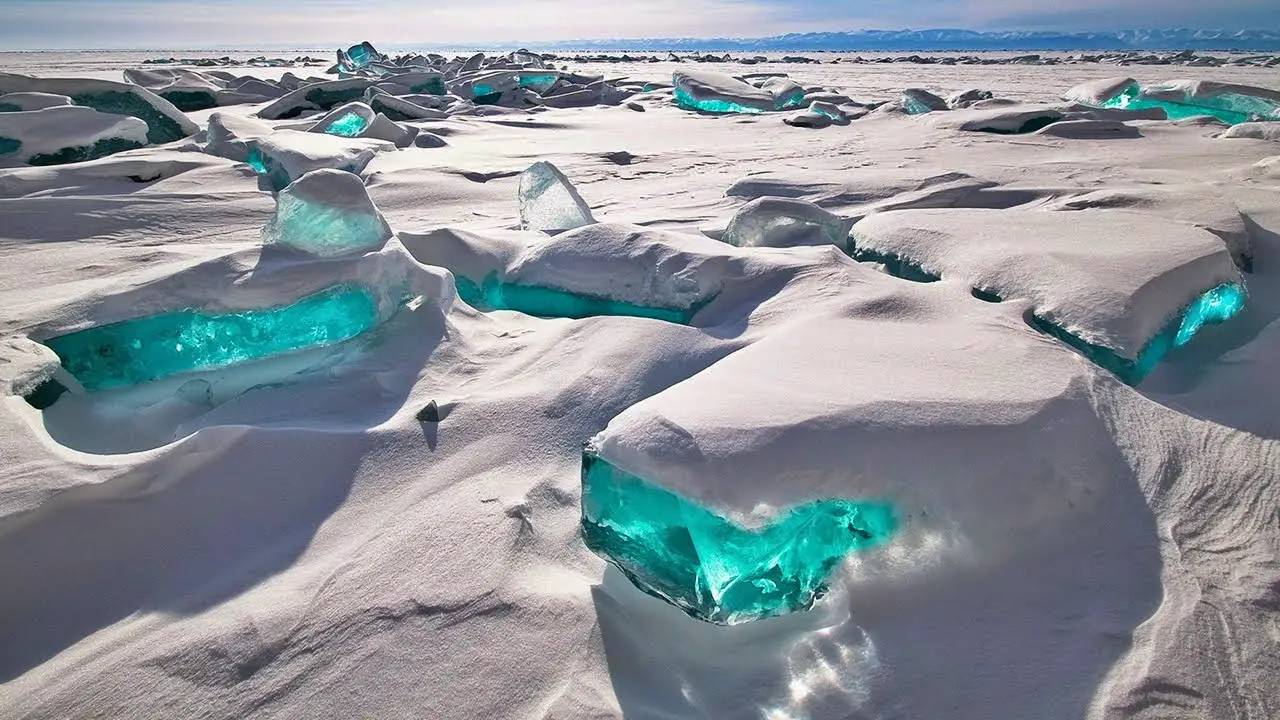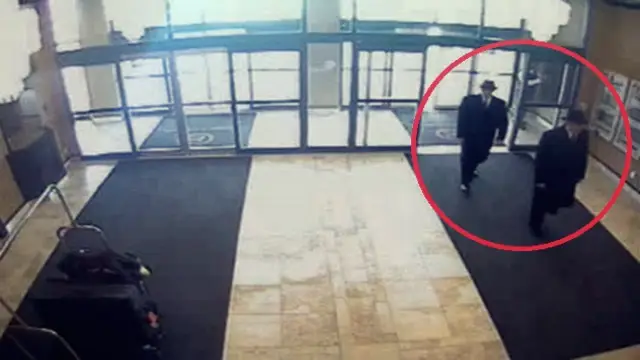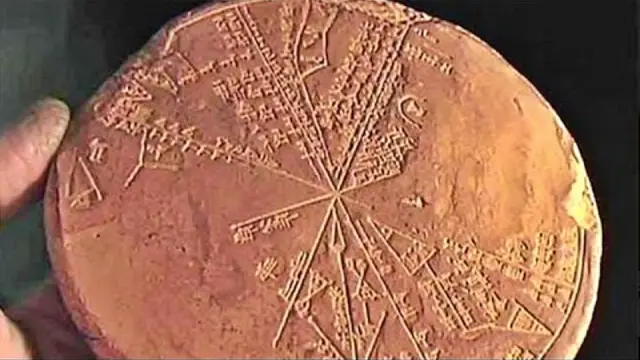Legend has it that Genghis Khan is buried somewhere beneath the arid steppes of Northeastern Mongolia, entombed in a location so hidden that anyone who happened to come across his funeral procession was murdered on the spot.

Once he was underground, his troops brought in horses to trample any evidence of his tomb, and they diverted a river to flow over their leader’s final resting place to ensure he would never be found.
What Khan and his followers could not have predicted was that nearly 800 years after his death, scientists at UC San Diego’s Center for Interdisciplinary Science in Art, Architecture, and Archaeology (CISA3) would be able to locate his tomb using advanced visualization technologies dating back to the Mongolian emperor himself.
“As unbelievable as it may sound, we’re looking for Genghis Khan’s tomb,” says Dr. Albert Yu-Min Lin, a CISA3 associated researcher. “Genghis Khan was one of history’s most extraordinary men, but his life is too often dismissed as that of a bloodthirsty warrior.” Few people in the West are aware of his legacy: that he united warring tribes of Mongolia and merged them into one, that he introduced the East to the West, allowing Marco Polo-style explorations, that he attempted to create a central world currency, that he introduced a written language to the Mongol people, and that he built bridges that we still use today in international relations.
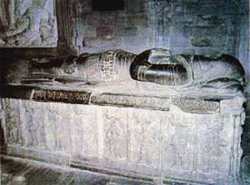
“But as great a man he was, there are few clues and no factual evidence about Genghis Khan’s burial, which is why we need to start using technology to solve this mystery.”
Lin and colleagues, including Professor Maurizio Seracini, the director of CISA3 and the man behind the search for Leonardo da Vinci’s lost “Battle of Anghiari” painting, hope to use advanced visualization and analytical technologies available at the California Institute of Telecommunications and Information Technology (Calit2) to pinpoint Khan’s tomb and conduct a non-invasive archaeological analysis of the area where he is thought to be buried. Lin intends to collaborate with Seracini to create a post at UCSD that will enable him to lead the three-year Valley of the Khans project, which will require $700,000 in funding for eight researchers (including all expedition expenditures).
Khan’s grave is apparently near his birthplace in Khentii Aimag, near the Onon River and the Khan khentii mountains, and some experts believe his sons and other family members were eventually buried alongside him. The researchers, on the other hand, have nothing to go on. Following Khan’s death in 1227, the region around his grave was declared forbidden by the emperor’s guards, and later in the twentieth century, by severe Russian occupation, which prevented Mongolians from even discussing Genghis Khan for fear of sparking a nationalist insurrection. Researchers have only been permitted to enter the area since the 1990s, and multiple prior study teams have failed to locate the tomb.
Lin’s hopes for success are predicated on his access to unrivaled technology at Calit2 and CISA3 to pinpoint the region where Khan would have been laid to rest, locate the tomb itself, and then create a virtual replica of it using various spectral and digital imaging approaches.
“If you have a large burial, that will have an impact on the landscape,” Lin explains. We’ll use remote sensing techniques and satellite imagery to take digital photos of the ground in the surrounding region, which we’ll be able to display on Calit2’s 287-million-pixel HIPerSpace display wall to discover Khan’s tomb. But we also aim to make this an interactive research effort in which the public can participate. One of our ideas is to replicate the International Space Station’s ‘EarthCam’ initiative at UCSD, which recruits middle school kids to control a satellite camera and photograph the Earth. We’d have them do the same thing, except they’d be photographing the area around Genghis’ grave.”
Lin suggests combining social networking with visualization techniques to replicate the online “Find Steve Fossett” project, which enlisted members of the general public to flag anomalous satellite images in the hope of locating the missing adventurer.
“Once we’ve narrowed down this region in Mongolia to a specific area,” Lin says, “we’ll use non-destructive, non-invasive techniques like ground penetrating radar, electromagnetic induction, and magnetometry to produce non-destructive, non-invasive surveys.” We’ll then collaborate with people from UCSD’s electrical engineering department to design visual algorithms that will allow us to create a high-resolution, three-dimensional picture of the location.”
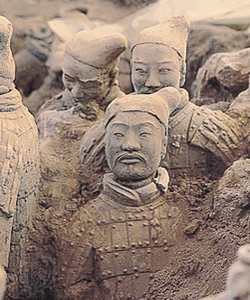
Notably, these computer-based technologies are modern evolutions of moveable type and the printing press, which historian Jack Weatherford claims were spread by the Mongols as they conquered parts of Europe (Chinese printing technologies predated Gutenberg’s printing press by hundreds of years). Lin speculates that remains of those international conquests could come up in Khan’s tomb, but adds that “the process of doing an archaeological dig is up to the Mongolian government.”
Lin hopes to engage with the Mongolian government and national colleges with the support of Amaraa and Bayarsihan Baljinnayam, siblings from his “Mongolian family.” They will help with language interpretation and expedition coordination, as well as local media and political support – ties that will be extremely beneficial as Lin navigates the often complicated field of international relations.
Lin says he sees parallels between the collaborative work he’s doing with CISA3 and Genghis’ own push to adapt to new technologies, noting that his project team also includes San Diego State University Professor of Chemistry and Biochemistry William G. Tong, UCSD Field Systems Engineer Nathan Ricklin, UCSD Computer Vision Engineer Shay Har-Noy, and Independent Engineering Geologist Charles Ince.
“He took the best resources in the world — whether weaponry or medicine — and incorporated them into his own methodology.” We’re attempting to incorporate the same adaptability to numerous fields into our own work. We are expanding on the outstanding work that has previously been done in archaeology by utilizing technology from other fields such as computer vision, social networking, and electrical engineering, but never losing sight of the principles of historical search.
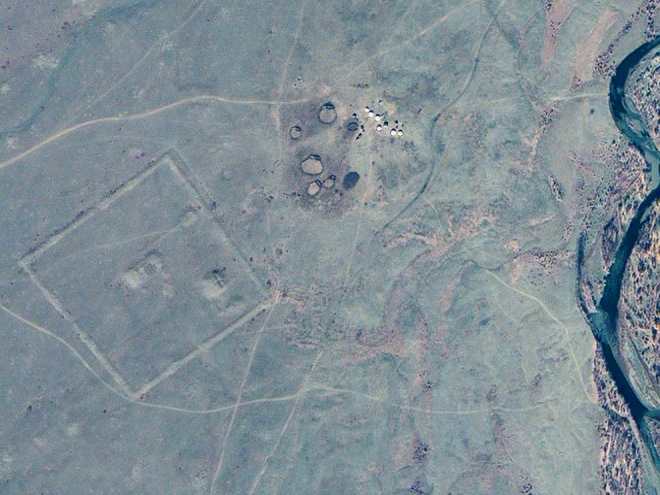
Despite the tools and skills at his disposal, Lin acknowledges the project’s significant hurdles. “One consistent fact is that there is no fact,” he says. “It’s a story of secrets on top of secrets and myths on top of myths.”
“If I could meet Genghis Khan today, I would ask how he would have wanted to be remembered in history,” Lin says. “The fact that he died in his bed surrounded by people who loved him and never had a single General turn his back on him, the fact that his people’s loyalty is so strong that it can be heard across the world — these are the marks of one of the most impressive military heroes of all time.” This is an example of a leader who was harsh, severe, disciplined, and exceedingly honorable in many aspects. I wonder how he’d like his own history to be told if he could change it.”
source

















